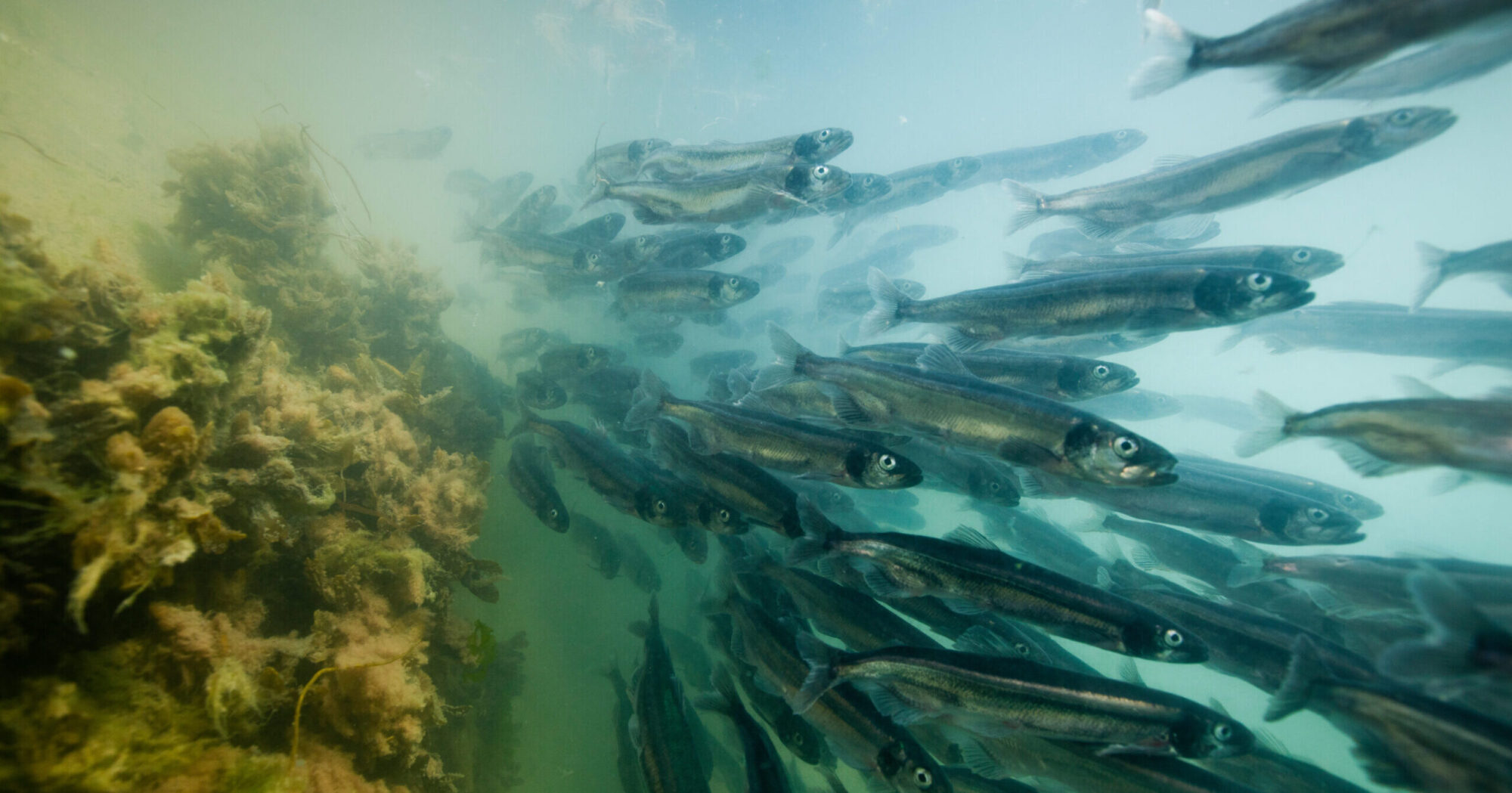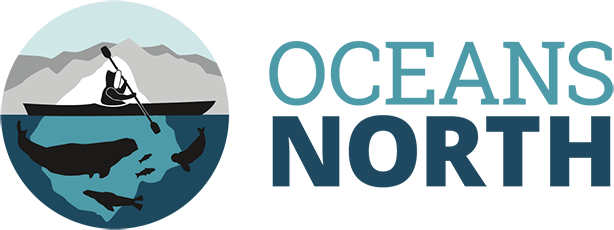
Oceans North Calls for Quota Reduction in Capelin Fishery to Balance Needs of Harvesters and Ecosystem
April 3, 2025
ST. JOHN’S—Oceans North is recommending a 15 percent reduction in the Total Allowable Catch (TAC) for capelin in fisheries management zones 2&3 for the 2025 fishing season. The recommendation follows the latest stock assessment results and aims to ensure long-term population sustainability that can support fishing opportunities as well as the needs of the broader marine ecosystem.
”Given the projected decline in capelin biomass for 2025, it is essential that we take a cautious approach to avoid further stress on the stock. We know how important this species is for other fisheries and for the ecosystem, and putting its long-term health at risk is not acceptable,” says Gemma Rayner, Fisheries and Special Projects Advisor at Oceans North.
Capelin are a critical forage species for Northern cod and other marine predators. A decline in capelin biomass can have cascading effects throughout the ecosystem and potentially hinder the recovery of key commercial fish stocks. For example, Fisheries and Oceans Canada (DFO) has established a connection between the Limit Reference Points (LRPs) for Northern cod and capelin in its stock assessment models. Assessing Northern cod biomass levels can help determine the capelin abundance required to support the cod stock’s stabilization at its own LRP.
“We know how important this species is for other fisheries and for the ecosystem, and putting its long-term health at risk is not acceptable.”
– Gemma Rayner, Fisheries and Special Projects Advisor
“Northern cod eat capelin,” says Rayner. “The fewer capelin we fish, the more are available for the cod, thus supporting efforts to grow that stock. Capelin are valuable in the water as well as out.”
Research has also highlighted the economic and ecological value of maintaining healthy forage fish populations, reinforcing the necessity of conservative fisheries management.
The 2024 capelin acoustic biomass index indicated an increase from 2023 levels, but capelin biomass remains well below historical averages. The stock’s reproductive potential is also constrained due to a high proportion of younger, less reproductive fish. Environmental factors such as zooplankton availability, larval survival, and spawning conditions also continue to impact stock variability, reinforcing the need for a precautionary TAC reduction.
“The history of Canadian fisheries management has demonstrated the risks of short-term decision-making,” adds Rayner. “However, we have a chance to avoid making the same mistakes in the future—especially for species that help sustain whole ecosystems.”
For more information, please contact:
Alex Tesar
Communications Director
Oceans North
[email protected]
